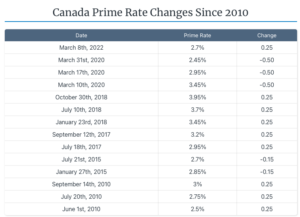Calling all green thumbs and outdoor lovers, there are a few things you can do this April to get started on your garden and ensure it is looking its best for the seasons ahead! Check out my tips below.
Enjoy!
- Work the Soil: Start adding compost and working your soil so it is ready for planting as the weather warms up.
- Start Sowing: Plant hardy annuals, herbs and wild flower seed outdoors (such as annuals, biennials and perennials) for Spring and early Autumn and vegetable seeds (hardier options include onions, spinach, and lettuces).
- Get Other Plants Ready Indoors: If you want to get ahead of the season, you can also start planting warmer weather half-hardy annuals and Summer vegetable seeds indoors (such as beans, corn, cucumbers, eggplant, melons, peppers, zucchini, squash) and transplant them as it warms up in your outdoor space.
- Weed Prevention: Putting preventative measures in place for weeds during late Winter/early Spring is a great way to keep your garden looking clean all season.
- Pest Control: Start thinking about potential issues you may have in your gardens and be ready to manage pests in advance. Did you know? Potato slices catch wireworms around the edges of the veggie patch and you can protect carrots with row cover against rust worm as a place to start.

